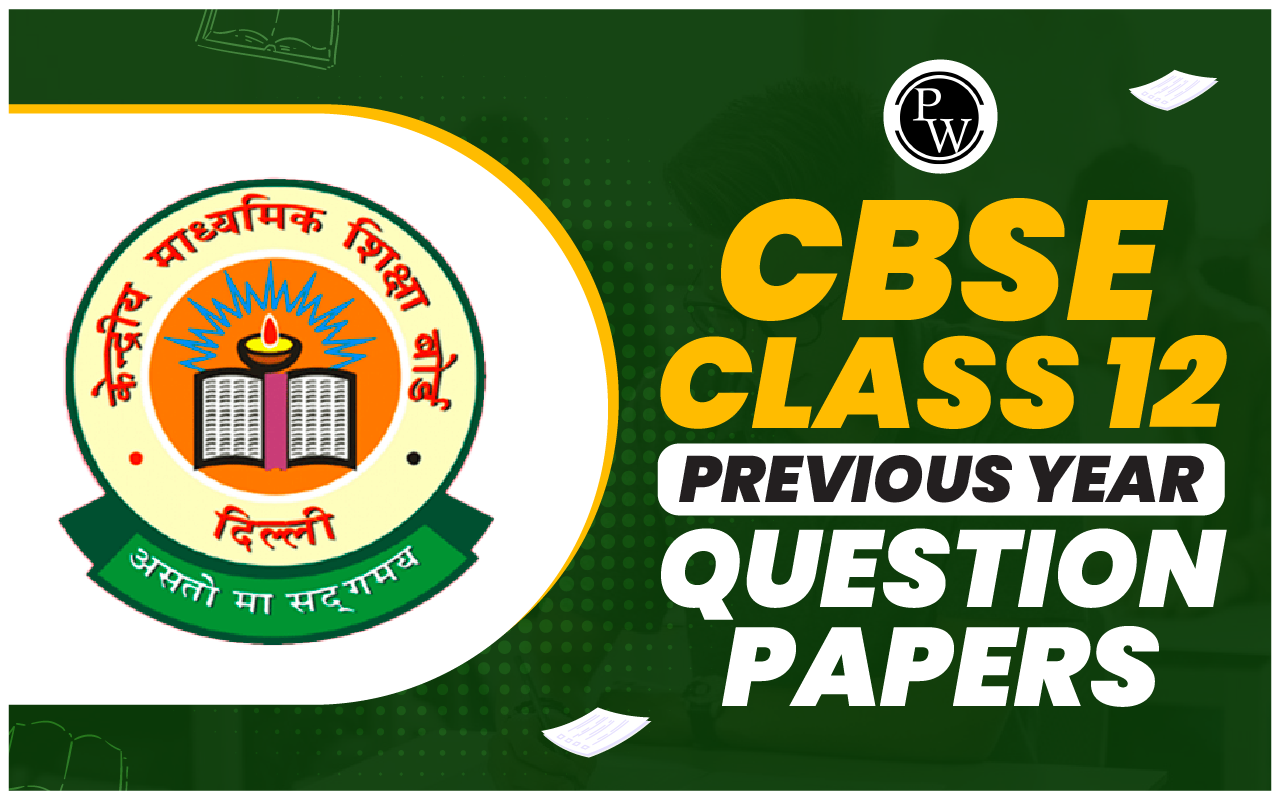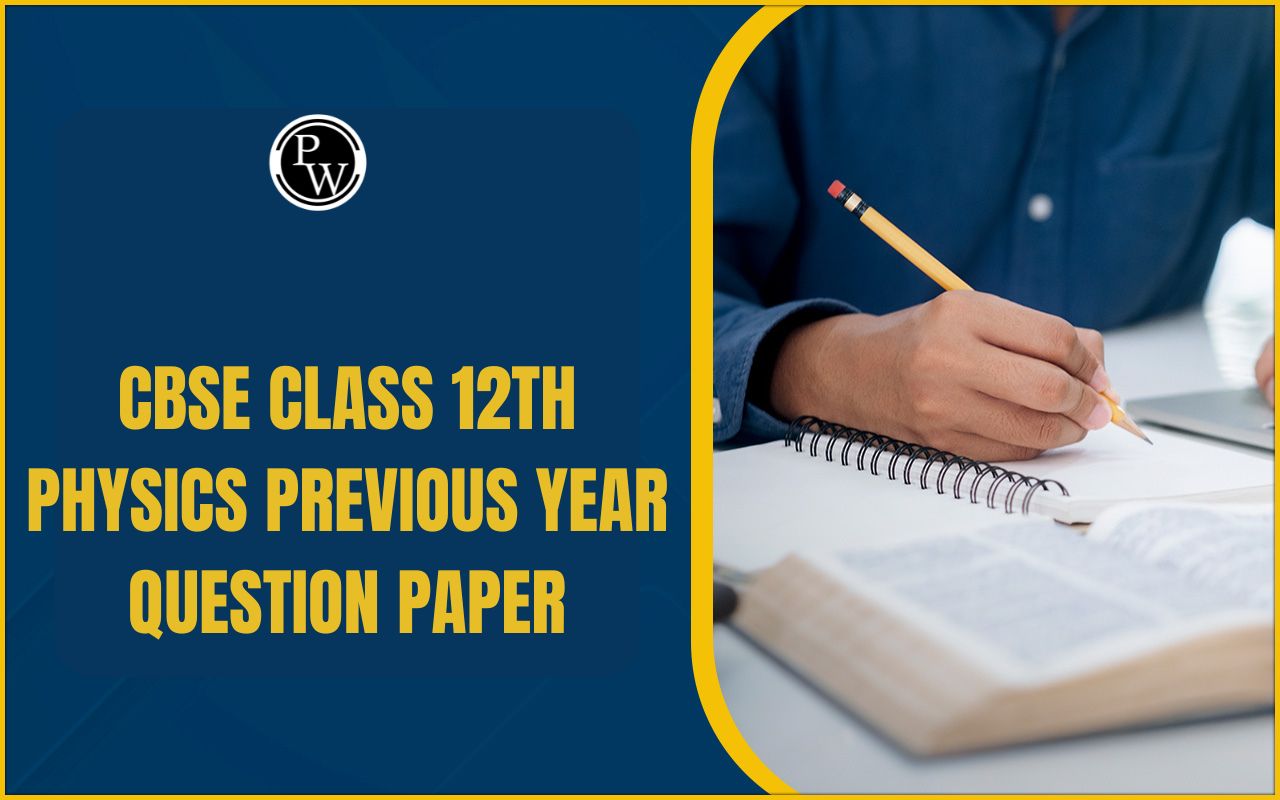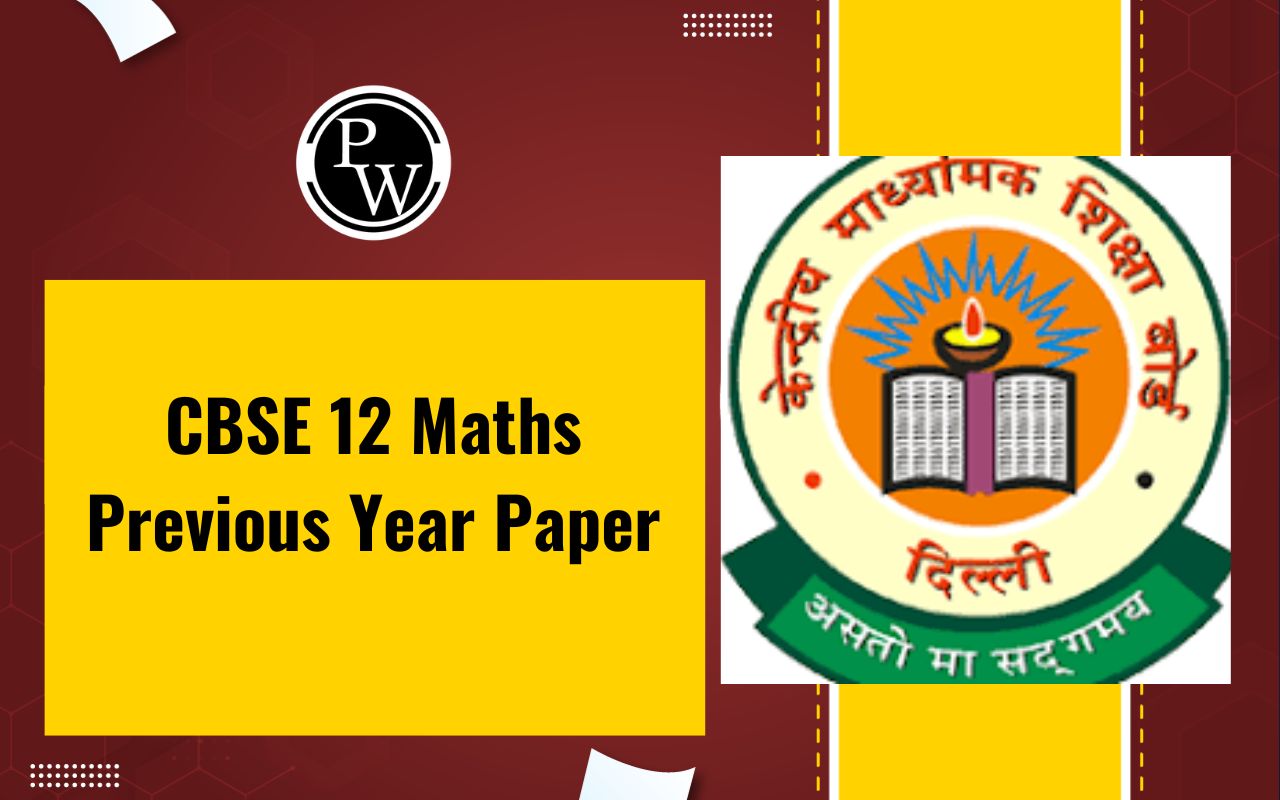
NCERT Solutions For Class 12 Biology Chapter 2: The NCERT Solutions for Class 12 Biology Chapter 2 Human Reproduction explain how humans reproduce and ensure the continuation of life.
This chapter includes topics like the male and female reproductive systems, how sperm and eggs are formed, the menstrual cycle, fertilization, the development of the embryo, pregnancy, and childbirth. The solutions are written in a simple and easy-to-understand way, helping students learn difficult concepts step by step. These solutions are useful for preparing for exams and understanding the important processes involved in human reproduction.NCERT Solutions For Class 12 Biology Chapter 2 Overview
Chapter 2 of Class 12 Biology Human Reproduction explain the biological processes involved in the reproduction and continuation of the human species. The chapter provides a detailed explanation of the male and female reproductive systems, including their structure and functions.Male Reproductive System :
- It consists of organs like the testes (produce sperm), epididymis (stores sperm), vas deferens, and accessory glands.
- The structure of sperm and the process of spermatogenesis are discussed.
Female Reproductive System :
- The female system includes the ovaries (produce eggs), fallopian tubes, uterus, and vagina.
- Details of oogenesis (formation of ova) and the menstrual cycle are provided, emphasizing the hormonal control of reproductive processes.
Fertilization and Embryo Development :
- Fertilization occurs when sperm meets the egg, usually in the fallopian tube.
- Post-fertilization events include zygote formation, cleavage, blastocyst development, and implantation in the uterus.
- The stages of embryonic development, including the formation of organs and tissues, are explained.
Pregnancy and Childbirth :
- The chapter describes how the embryo develops into a fetus and the role of the placenta in providing nutrients and oxygen.
- The process of parturition (childbirth) and the hormonal changes during labor are also covered.
NCERT Solutions For Class 12 Biology Chapter 2 PDF
The detailed NCERT Solutions for Class 12 Biology Chapter 2 Human Reproduction are available in PDF format for easy access. These solutions provide a clear and step-by-step explanation of all the concepts covered in the chapter, such as the male and female reproductive systems, gametogenesis, fertilization, and embryonic development.The PDF is created to help students grasp the subject effectively helping in thorough preparation for exams. To download the solutions, click on the link provided below and enhance your understanding of this important topic.
NCERT Solutions for Class 12 Biology Chapter 2 FAQs
What is human reproduction?
Human reproduction is the biological process by which new individuals (offspring) are produced from the combination of male and female gametes. It involves sexual reproduction and can be divided into two main stages: gametogenesis (formation of gametes) and fertilization.
What are the two types of human gametes?
The two types of human gametes are sperm (male gamete) and egg (female gamete). Sperm is produced by males through spermatogenesis, while eggs are produced by females through oogenesis.
What is the menstrual cycle?
The menstrual cycle is a regular, cyclic process that occurs in females, typically lasting 28 days. It involves the shedding of the uterine lining (menstruation), the release of an egg (ovulation), and the preparation of the uterus for a potential pregnancy.
What are the hormones involved in the menstrual cycle?
The hormones that regulate the menstrual cycle include FSH (Follicle-Stimulating Hormone), LH (Luteinizing Hormone), estrogen, and progesterone. These hormones control the various phases of the cycle, such as the follicular phase, ovulation, and luteal phase.
What is ovulation?
Ovulation is the process during which a mature egg is released from the ovary into the fallopian tube around the 14th day of a 28-day menstrual cycle. It is the most fertile period in the menstrual cycle.
🔥 Trending Blogs
Talk to a counsellorHave doubts? Our support team will be happy to assist you!

Check out these Related Articles
Free Learning Resources
PW Books
Notes (Class 10-12)
PW Study Materials
Notes (Class 6-9)
Ncert Solutions
Govt Exams
Class 6th to 12th Online Courses
Govt Job Exams Courses
UPSC Coaching
Defence Exam Coaching
Gate Exam Coaching
Other Exams
Know about Physics Wallah
Physics Wallah is an Indian edtech platform that provides accessible & comprehensive learning experiences to students from Class 6th to postgraduate level. We also provide extensive NCERT solutions, sample paper, NEET, JEE Mains, BITSAT previous year papers & more such resources to students. Physics Wallah also caters to over 3.5 million registered students and over 78 lakh+ Youtube subscribers with 4.8 rating on its app.
We Stand Out because
We provide students with intensive courses with India’s qualified & experienced faculties & mentors. PW strives to make the learning experience comprehensive and accessible for students of all sections of society. We believe in empowering every single student who couldn't dream of a good career in engineering and medical field earlier.
Our Key Focus Areas
Physics Wallah's main focus is to make the learning experience as economical as possible for all students. With our affordable courses like Lakshya, Udaan and Arjuna and many others, we have been able to provide a platform for lakhs of aspirants. From providing Chemistry, Maths, Physics formula to giving e-books of eminent authors like RD Sharma, RS Aggarwal and Lakhmir Singh, PW focuses on every single student's need for preparation.
What Makes Us Different
Physics Wallah strives to develop a comprehensive pedagogical structure for students, where they get a state-of-the-art learning experience with study material and resources. Apart from catering students preparing for JEE Mains and NEET, PW also provides study material for each state board like Uttar Pradesh, Bihar, and others
Copyright © 2025 Physicswallah Limited All rights reserved.
Get App













